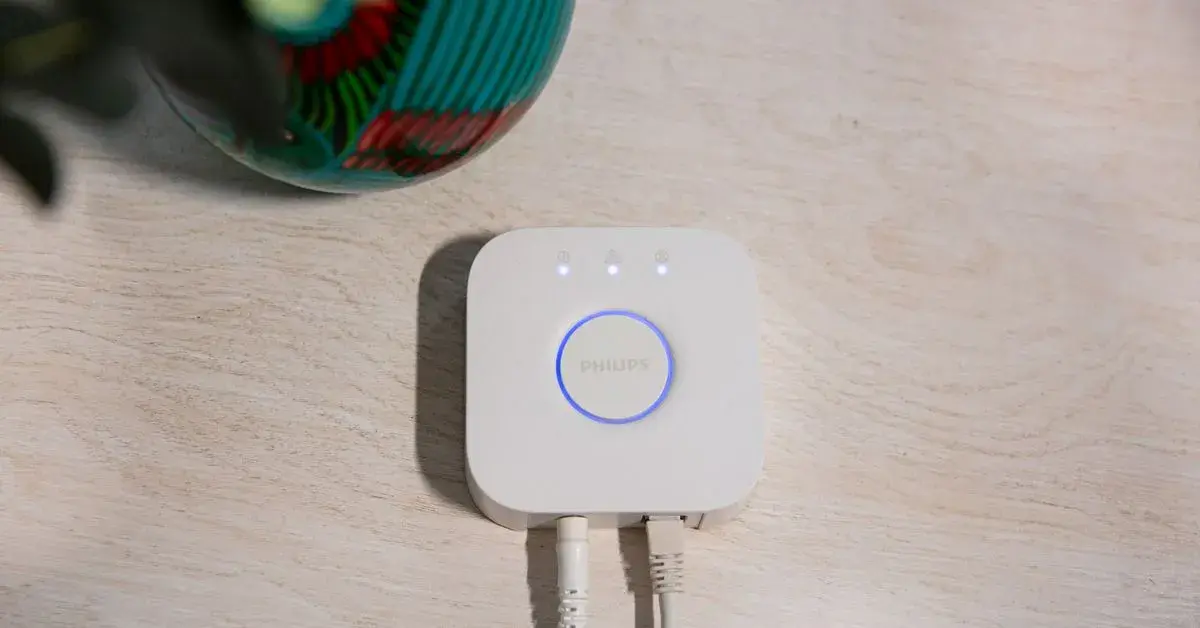According to its current privacy policy, with an account, Hue gets access to the configuration of your system to provide the right software updates to the devices. It can only use your data for marketing or share it with third parties if you provide additional consent.
However, in a change to the current policy, Yianni says Hue will not collect usage information from users without additional optional consent. “So, we do not require users share anything about how they use our products,” he says.
“Previously creating an account was consent for usage data processing that we are in the process of decoupling and will be decoupled before accounts become essential — that makes sure it’s possible to create an account without sharing usage data,” says Yianni. However, if you choose to use the cloud services for things like out-of-home connectivity, you will need an account, and Hue will process your data, he says.
If this change to the privacy policy does happen, Home Assistant’s Schoutsen agrees that it would make the requirement for an account more palatable. “But it all depends on the exact changes,” he says.



🤖 I’m a bot that provides automatic summaries for articles:
Click here to see the summary
After launching a new security system last month and finally making good on its promise to support Matter, the company is now requiring users to sign up for a Hue account to use its app.
Signify has a page on its site with details on what benefits you get from an account, but I reached out to find out why this change was being made and exactly what it means for your devices and data.
“What we will over time change is that if you want to have an overview and to manage which applications and users have access to your Hue system, you will need to be logged into your account,” says Yianni.
This is good news for people who have or plan to have more than 50 lights and accessories (the current limit on existing bridges), as it will make it easier to expand their system.
If you don’t want to sign up for an account, you can still circumnavigate the Hue app by directly integrating the bridge (and its connected accessories) into a platform such as Apple Home.
In both of these cases, you lose the features of the Hue app, such as scenes and automations, but you can control the lights locally in your home with no cloud integration and no need to create an account.
Saved 81% of original text.